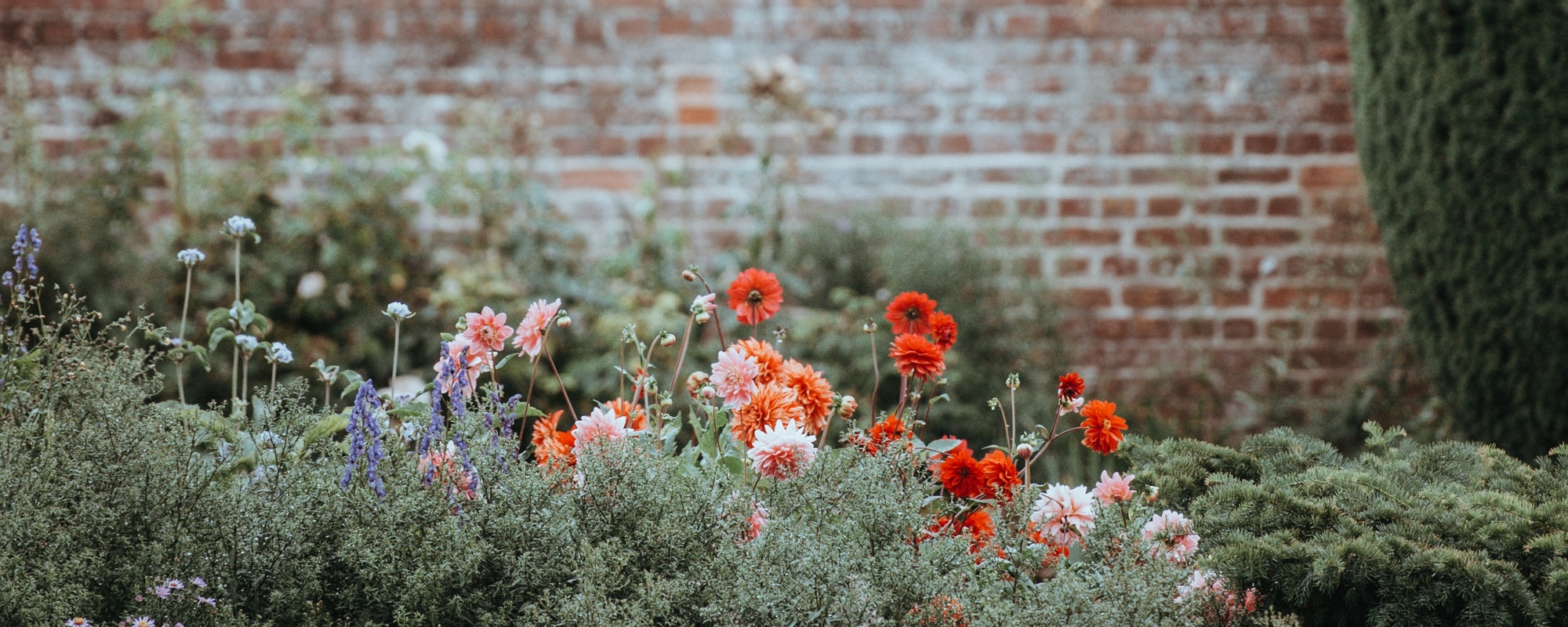You can visualize a flower garden, an orchard, a cutting garden, a perennial bed, a vegetable garden, and an herb garden. Try visualizing a rain garden.
A rain garden is an attractive, low maintenance feature of the landscape to manage temporary flows of rainwater, thus reducing runoff from the landscape as storm water. The water percolates into adjacent soil and acts as a biofilter for sediments and pollutants.
Everyone is responsible for the conservation and protection of water. Metro Atlanta has experienced very dry conditions during the past few years and the entire State continues to be under watering restrictions.
The Extension Service has encouraged homeowners to adopt the seven steps of Xeriscape to maintain an attractive landscape in spite of dry conditions. A rain garden will take care of the water drainage and pollution problems arising from the sporadic heavy showers or periods of steady rains.
The most important factors to consider in the design of a rain garden are:
- Source of the water. Look at impervious areas (roofs, driveways, sidewalks) and a sloping yard.
- Drainage area: Determine the square footage of the area that will send water to the site in order to estimate the required size of the garden.
- Location: The garden should be located at least ten feet from a building foundation. Make sure that the ground slopes away from the house so that water does not collect around the foundation. A naturally low area will facilitate the movement of the water. Avoid a location next to a building, over a septic tank, inside the dripline of trees, or an area where water naturally stands for long periods.
- Soil Permeation: Do a perk test: Dig a hole 6-8 inches deep and wide and fill it with water. If the water does not drain out in 12 hours, this is not a good location. Conduct another test elsewhere.
A rain garden should be curvy in shape with the longest length perpendicular to the major slope. Remove the soil so that the deepest part is 8-10 inches deep and keep the bottom level. Set aside 4-6 inches of topsoil and use it later to backfill the planting area. The garden should hold no more than 6 inches of water.

